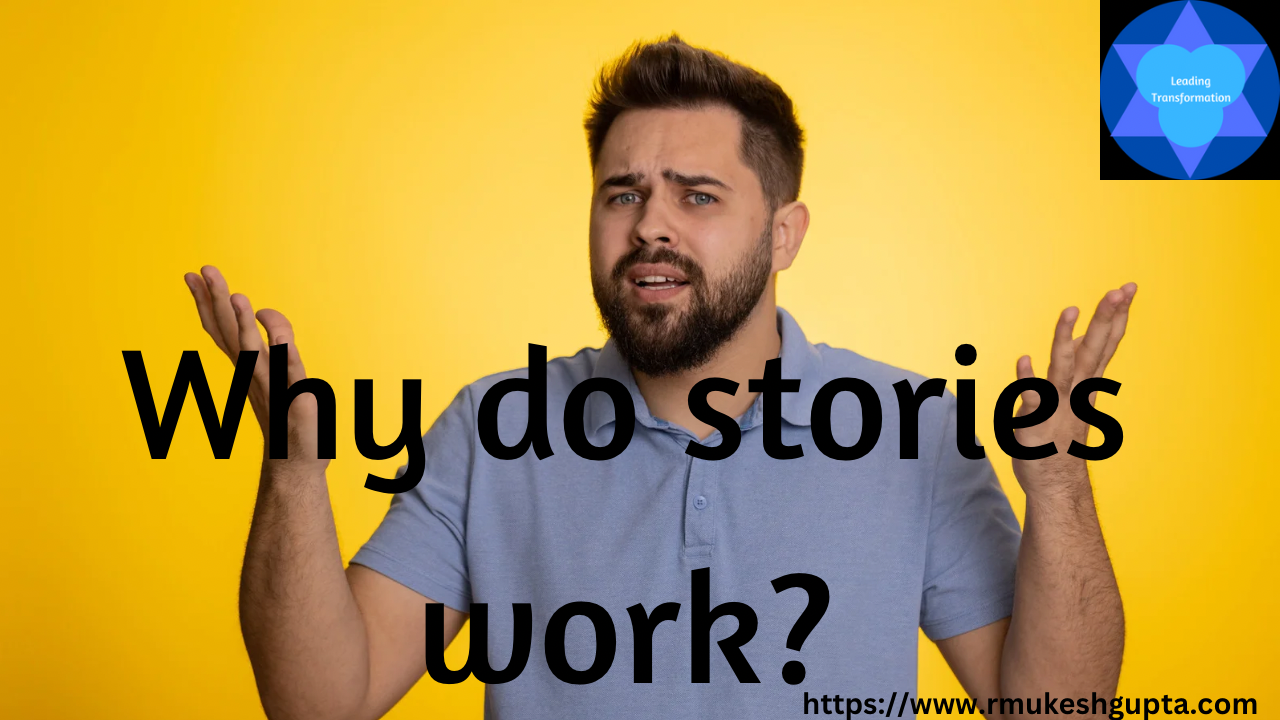
As Dr. Eliyahu Goldratt has suggested, the biggest constraint that we (leaders) face is in our pursuit of high throughput (or performance) is our attention. Where and how well we focus our attention is directly responsible for our the level of our performance and happiness.
In his seminal book Flow, Mihali Csikszentmihalyi, shares his insights on the importance of attention and the role that it plays to create conditions of Flow, which in turn creates conditions for optimal performance.
He says,
The mark of a person who is in control of consciousness is the ability to focus attention at will, to be oblivious to distractions, to concentrate for as long as it takes to achieve a goal, and not longer.
Mihali Csikszentmihalyi
In my understanding, attention is the process by which we convert information we get into actions we do. We can focus it like a beam of energy or allow it to dissipate. Mihali’s key insight was that when we are in a state of FLOW (optimal experience), our performance tends to be optimal as well.
As a leader, it is our responsibility to not only create conditions that allow us to access the state of FLOW, at will, but also create such conditions for our teams to access the state collectively, so that we can perform together optimally.
Here are the conditions that Mihali’s research found that are required for us to be able to access the state of FLOW:
1. Optimally Challenged:
When we are working on tasks or activities that are just a bit more challenging than what we are equipped with our skills. If the activity is too easy, it becomes boring. If the activity is too difficult, it becomes frustrating. The space between the boring and frustrating is the zone in which we can access FLOW and our peak performance.
2. Clear Goals & Immediate Feedback:
We need to be extremely clear about we are trying to achieve. And on top of that, can we create a feedback loop that is near instantaneous that can tell us whether or not we are moving towards our goal. This allows us to consistently assess our progress and helps access the FLOW state.
3. Distraction and Multi-tasking:
What we want to avoid at all costs is distractions. We need to work in an environment that minimises all external distractions. This also requires us to learn to focus and concentrate on the task at hand for as long as possible. This can only happen if we are also able to minimise all internal distractions as well. Another thing that kills FLOW is when we are multitasking.
4. Merging action and awareness:
Once we start working on a task that will stretch our abilities to its limits, with clear goals and a feedback loop that helps us calibrate our performance and have minimised all distractions, we will realise that we are already able to merge our action with our awareness.
It is a state where we are not expending energy to focus on the task at hand, it just comes naturally and easily. We now are in FLOW – optimal state and performance.
5. Altered Experience of Time:
Once we are in FLOW, we will realise that we our sense of time is altered. We do not realise the hours we have spent on the task as it only feels like a fleeting moment. We are able to accomplish a lot more than we usually do in the same amount of time. And while we might feel physically exhausted (after the FLOW state), we also feel great and energised by the experience.
Recommendations:
So, here are my recommendations on what we can do as leaders to create a condition where our teams can access the state of FLOW as and when required:
1. Assign tasks based on the capabilities of the team member. Their tasks need to be in the challenging zone (between boredom and frustration) as far as possible. At least their highest priority tasks need to be so.
2. These tasks need to have a simple, clear goal that we agree on, so that we know what high performance looks and feels like.
3. Setup a mechanism for the employees to get immediate feedback on how they are performing with respect to their goals, so that they can course correct as and when needed.
4. Create distraction free zones (physically) and distraction free time (no meetings, no emails, no IM’s, no calls) so that the entire team is fully focused on their individual tasks and try to access their FLOW state.
5. As leaders, our teams do what we do and not how we want them to act. So, we need to embody this first and then encourage everybody to follow suit.
In Conclusion:
In conclusion, the more our teams are able to access their FLOW states, the better their individual performance will be. If sportsmen, entertainers and many others are able to access FLOW at will, so can we and our teams.
In any team, there are tasks that needs multiple people to act on it before we can complete it and then there are tasks that each one of us needs to complete individually, independent of our teams. It is such tasks that we need to attempt to complete while accessing our FLOW state. Individual productivity.
Once we are able to access the FLOW state as individuals, we can then go on and try to access the state collectively as a team. The steps and recommendations remain the same. Only thing that needs to be prerequisite is solid trust among the team and alignment in terms of the goals with clear ongoing feedback mechanism in place.




